Increasing Healthcare Expenditure
The rising healthcare expenditure in South America is a crucial driver for the pseudomonas aeruginosa-treatment market. Governments and private sectors are investing more in healthcare infrastructure, which enhances access to advanced treatment options. In 2025, healthcare spending in South America is projected to reach approximately $500 billion, reflecting a growth rate of around 5% annually. This increase in funding allows for the procurement of innovative therapies and medications targeting pseudomonas aeruginosa infections. Furthermore, as healthcare systems evolve, there is a growing emphasis on infection control and management, which directly benefits the pseudomonas aeruginosa-treatment market. Enhanced funding also facilitates research and development initiatives, potentially leading to the introduction of novel treatment modalities that could improve patient outcomes.
Technological Advancements in Diagnostics
Technological advancements in diagnostic tools are transforming the pseudomonas aeruginosa-treatment market in South America. Rapid and accurate diagnostic methods enable healthcare professionals to identify infections more efficiently, leading to timely treatment interventions. The introduction of molecular diagnostics and point-of-care testing has shown promise in improving patient outcomes. In 2025, the market for diagnostic technologies is expected to grow by approximately 10%, reflecting the increasing demand for precise identification of pathogens. Enhanced diagnostics not only facilitate appropriate treatment selection but also contribute to better infection control practices. As healthcare providers adopt these advanced technologies, the pseudomonas aeruginosa-treatment market is likely to experience a corresponding increase in demand for targeted therapies, aligning with the need for effective management of resistant infections.
Rising Prevalence of Antibiotic Resistance
The escalating issue of antibiotic resistance in South America significantly impacts the pseudomonas aeruginosa-treatment market. Pseudomonas aeruginosa is known for its resilience against multiple antibiotics, making infections increasingly difficult to treat. Reports indicate that resistance rates for common antibiotics can exceed 30% in certain regions, necessitating the development of alternative treatment strategies. This situation compels healthcare providers to seek innovative therapies, thereby driving demand within the pseudomonas aeruginosa-treatment market. The urgency to address antibiotic resistance fosters collaboration between pharmaceutical companies and research institutions, potentially leading to breakthroughs in treatment options. As awareness of this challenge grows, stakeholders are likely to prioritize investments in research aimed at combating resistant strains, further propelling market growth.
Enhanced Regulatory Support for New Treatments
Enhanced regulatory support for new treatments is emerging as a vital driver for the pseudomonas aeruginosa-treatment market in South America. Regulatory agencies are increasingly streamlining approval processes for innovative therapies, particularly those addressing urgent public health needs. This trend is particularly relevant given the rising incidence of antibiotic-resistant infections. In 2025, it is anticipated that regulatory frameworks will continue to evolve, facilitating faster access to novel treatments. Such support not only encourages pharmaceutical companies to invest in the development of new therapies but also ensures that patients have timely access to effective treatment options. As regulatory environments become more conducive to innovation, the pseudomonas aeruginosa-treatment market is likely to experience accelerated growth, ultimately benefiting patient care.
Growing Investment in Research and Development
The growing investment in research and development (R&D) within South America is a pivotal driver for the pseudomonas aeruginosa-treatment market. Pharmaceutical companies are increasingly allocating resources to discover and develop new treatment options, particularly in response to the challenges posed by antibiotic resistance. In 2025, R&D spending in the pharmaceutical sector is projected to reach $20 billion, with a significant portion directed towards infectious diseases. This focus on innovation is likely to yield novel therapies that can effectively combat pseudomonas aeruginosa infections. Additionally, partnerships between academia and industry are fostering collaborative research efforts, which may accelerate the development of breakthrough treatments. As R&D initiatives expand, the pseudomonas aeruginosa-treatment market is expected to benefit from a wider array of therapeutic options.


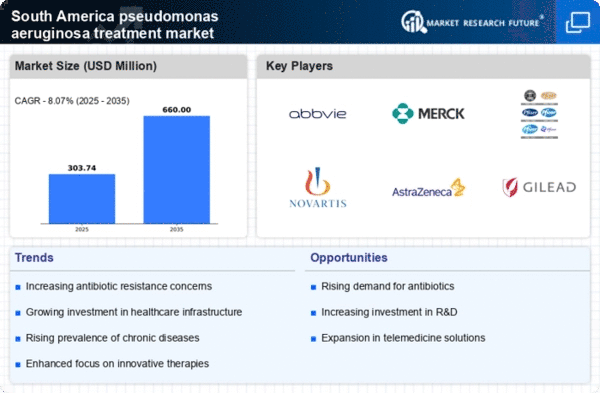
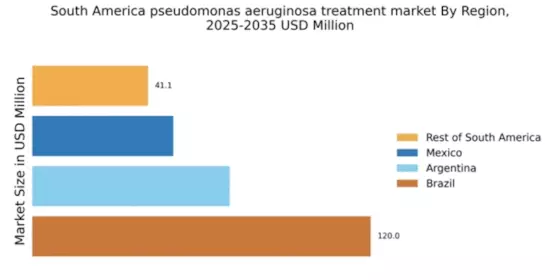
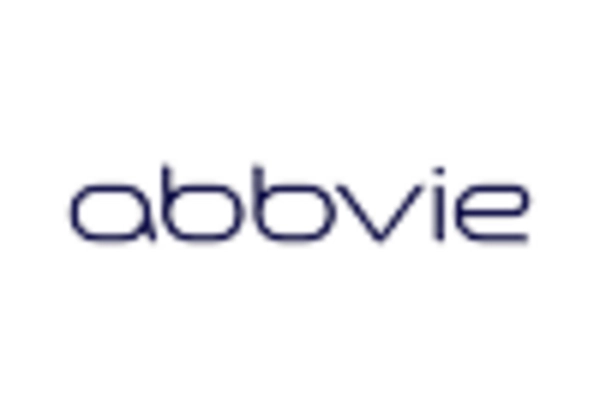
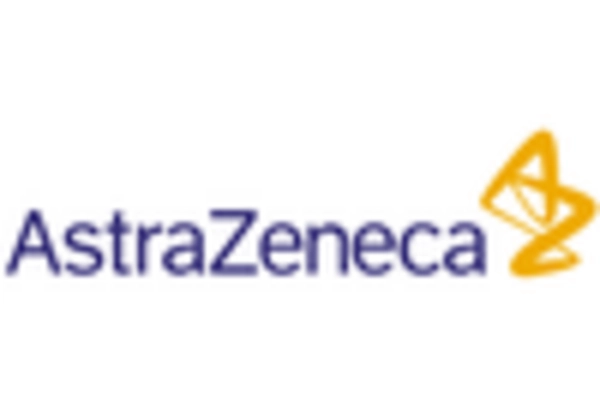
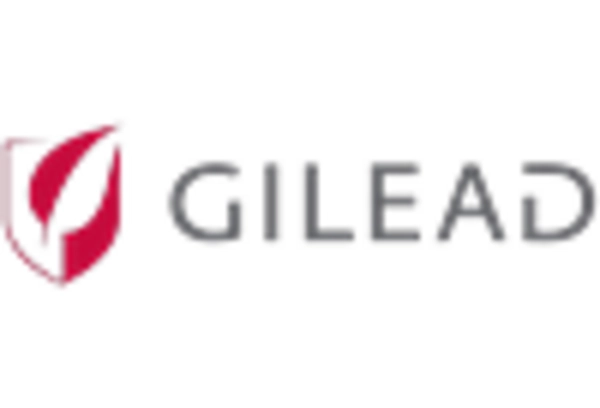
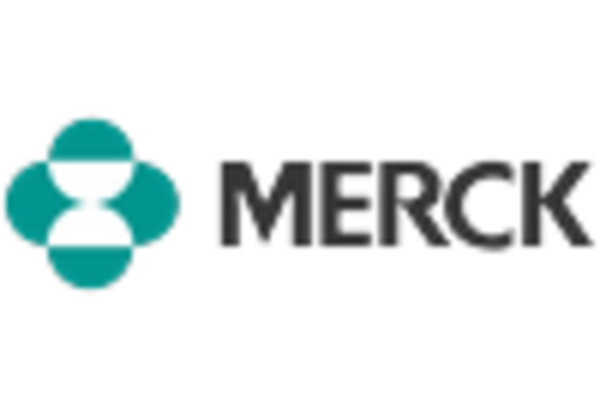
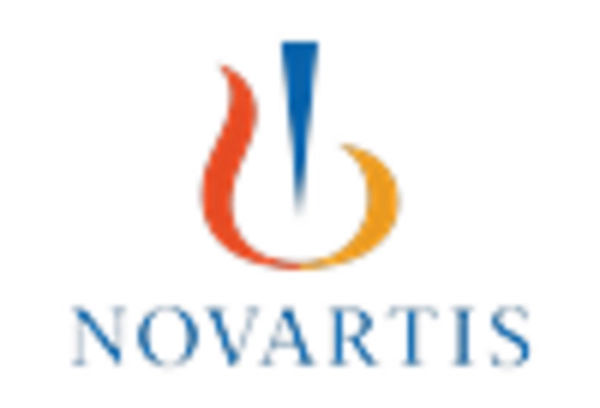
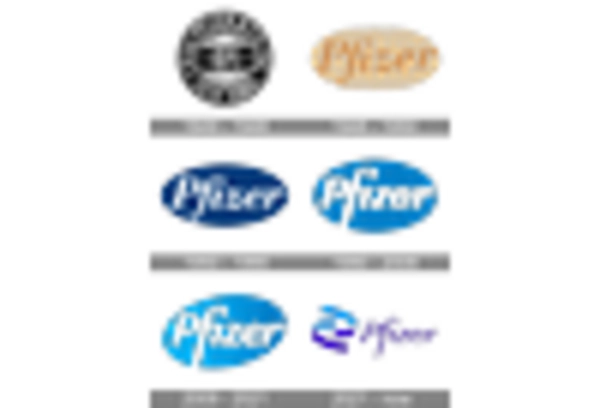








Leave a Comment